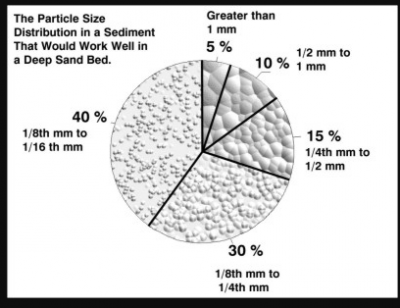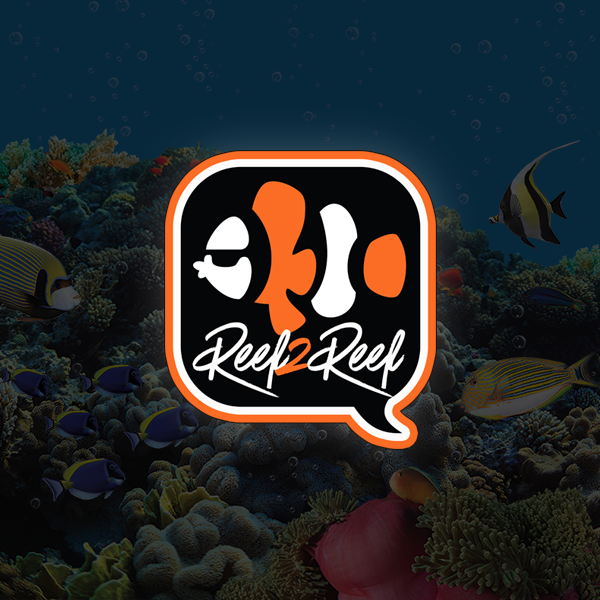Looking to see if anyone has successfully kept a deep sand bed and has some suggestions .
I have a carpet anemone so need at least 4”
Now since we are mostly trying to mimic ocean conditions has anyone ever layered the sand
like 40% coarse crushed coral ,40% special grade and 20% sugar (bottom-up)
to me the biggest issues with DSB is the pockets of waste . I would assume this is from small sand particles binding together and becoming compacted where as larger particle sizes still allow space .
my plan is to have an army of conch/sand sifters blennies .
the tank is 240 gallon , 56l x33w
any tips welcome
Also I’ve looked into reduced sand beds and many people suggested a pvc pipe - my carpets foot is already the diameter of a side dinner plate so I think we are past that option
I have a carpet anemone so need at least 4”
Now since we are mostly trying to mimic ocean conditions has anyone ever layered the sand
like 40% coarse crushed coral ,40% special grade and 20% sugar (bottom-up)
to me the biggest issues with DSB is the pockets of waste . I would assume this is from small sand particles binding together and becoming compacted where as larger particle sizes still allow space .
my plan is to have an army of conch/sand sifters blennies .
the tank is 240 gallon , 56l x33w
any tips welcome
Also I’ve looked into reduced sand beds and many people suggested a pvc pipe - my carpets foot is already the diameter of a side dinner plate so I think we are past that option













